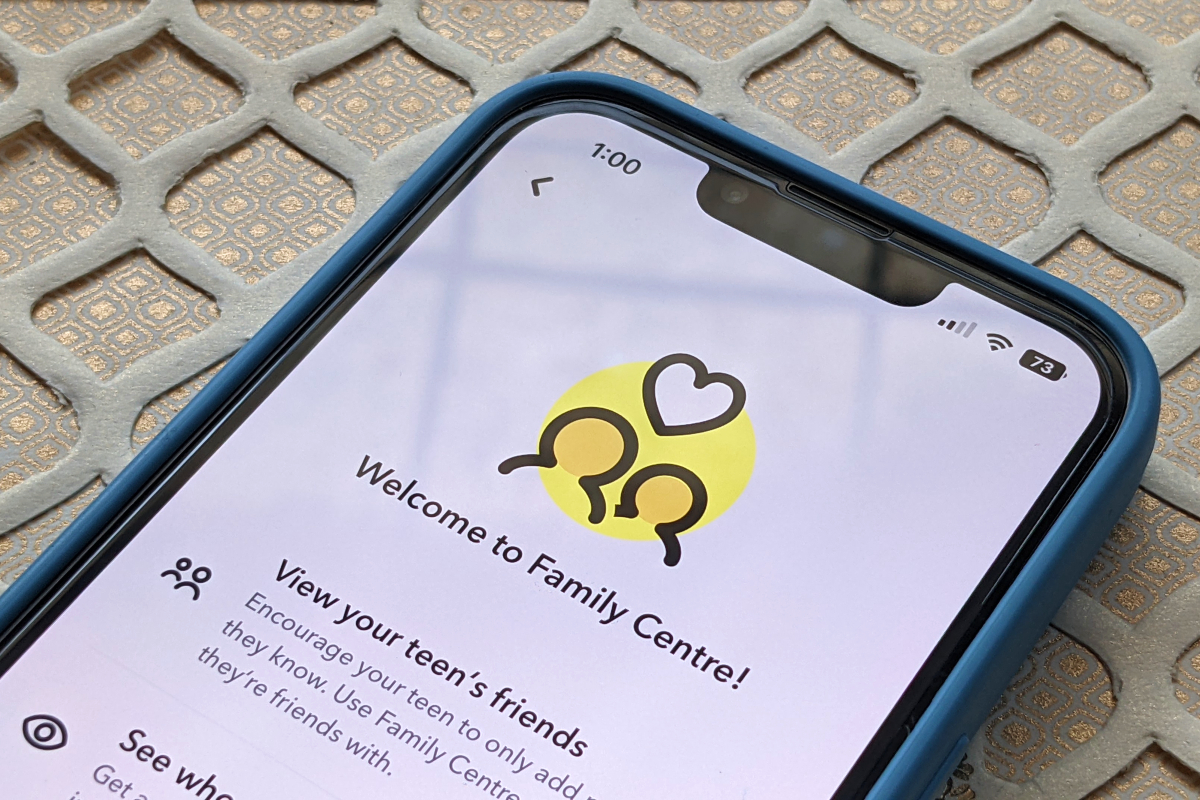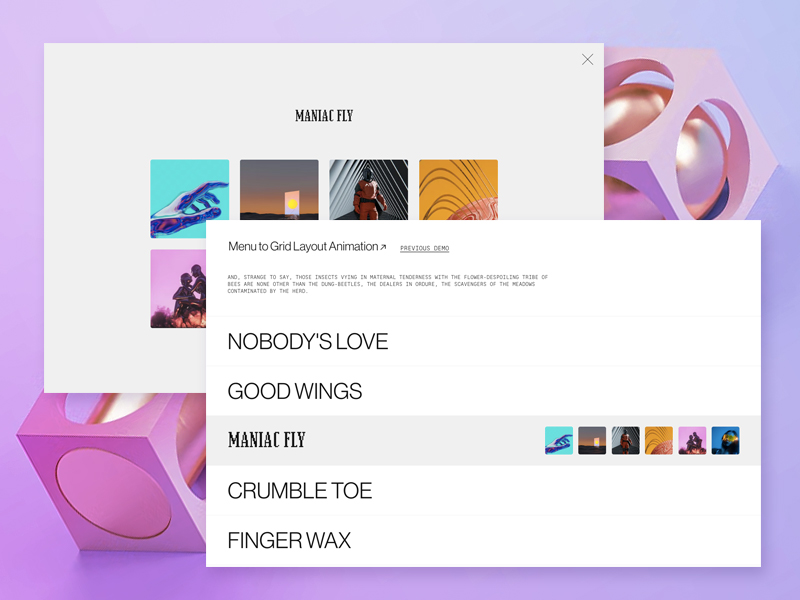Clerkenwell Health raises £2.1m to test the new wave of psychedelics treatments • ZebethMedia
Clerkenwell Health, a psychedelic-specialist clinical research organisation, has raised £2.1m in seed funding, bringing the total to date up to £2.5m, which will be used to get the London startup-based fully operational. Investors include Lionheart Ventures, Convergence Partners, and Exceptional Ventures, which was co-founded by Paolo Pio (former MD Europe at Joyance Partners) and Matt Cooper (who was part of the founding team at Capital One Bank in the US, co-founder of Tandem Bank and Chairman of Octopus Capital Group). Claiming to be Europe’s first commercial facility dedicated to psychedelic-assisted therapies, Toronto-based life sciences company Psyence will now kick off its first trials at Clerkenwell’s London site, following its approval from the MHRA. The clinical trial will assess the efficacy and safety of psilocybin-assisted psychotherapy versus psychotherapy alone for the treatment of adjustment disorder due to an incurable cancer diagnosis. Data from the UK’s Office of National Statistics suggests the suicide risk for terminally ill people is twice that of the general population. As we’ve detailed before, drugs which were previously relegated to underground communities and rave culture – drugs like ketamine, MDMA (commonly known as ecstasy) and psilocybin – are now being studied to develop therapies to treat everything from PTSD to cluster headaches. Tom McDonald, CEO of Clerkenwell Health, said in a statement: “The UK is extremely well-placed to become the leader in psychedelics research and trials thanks to its globally competitive framework for clinical trials, which is why we chose to launch our operations in London.” Most research related to psychedelics is currently happening in universities and hospitals. Other psychedelic drug facilities are being built (Compass Pathways x South London and Maudsley NHS Trust) but they tend to be built by drug developers so are designated to a single company or compound. By contrast, Clerkenwell Health says it will work with multiple drug developers. Paolo Pio, Co-Founder and General Partner of Exceptional Ventures, added: “Psychedelics show great promise in treating mental disorders, but it is a complex and highly regulated field. Clerkenwell Health founders bring together years of experience in this area, and we believe they are the best positioned in the UK and Europe.”Clerkenwell Health is also working with North American drug discovery and biotechnology companies, notably the Otsuka Pharmaceutical-backed Mindset, which focuses on treatments for neurological and psychiatric disorders.









